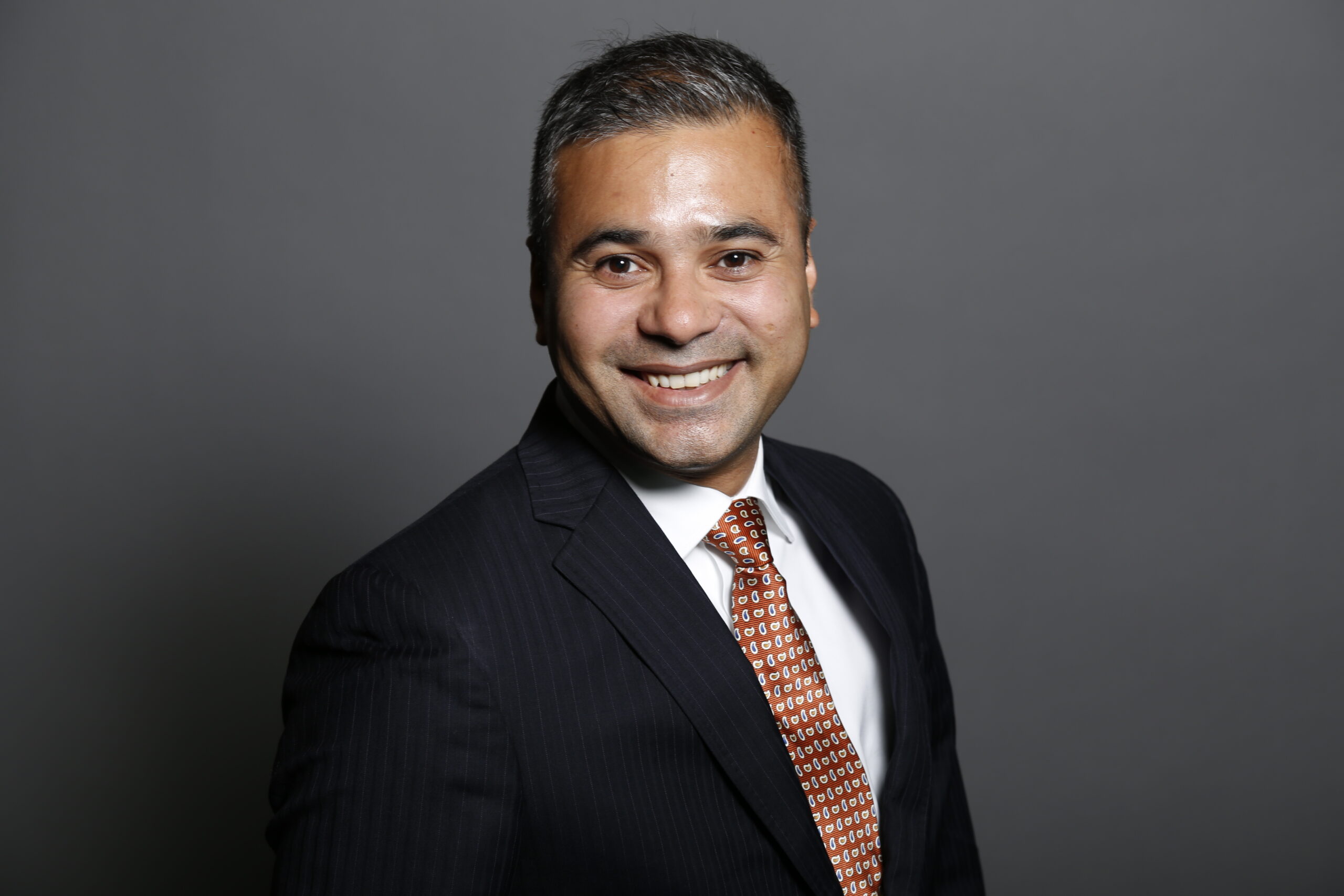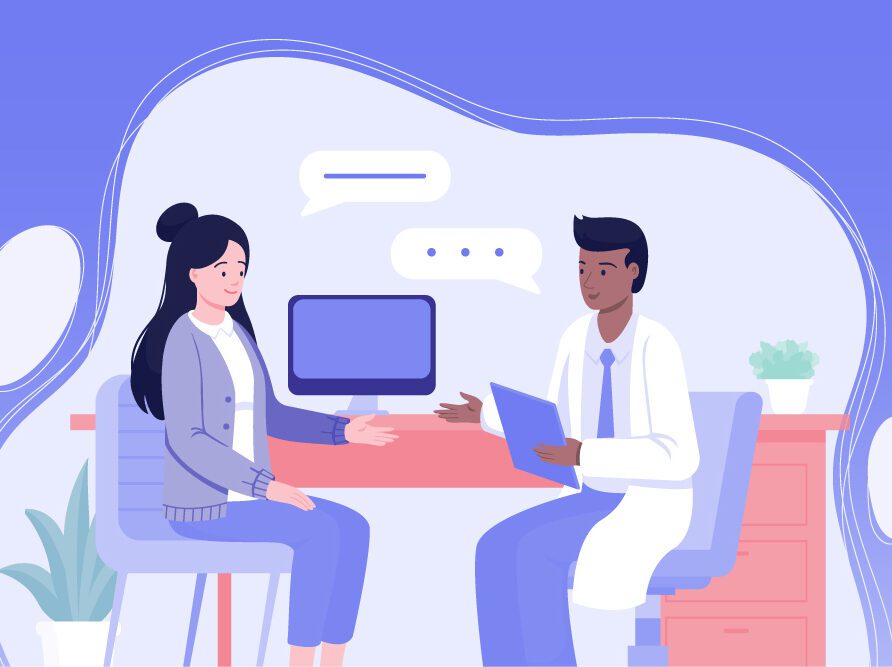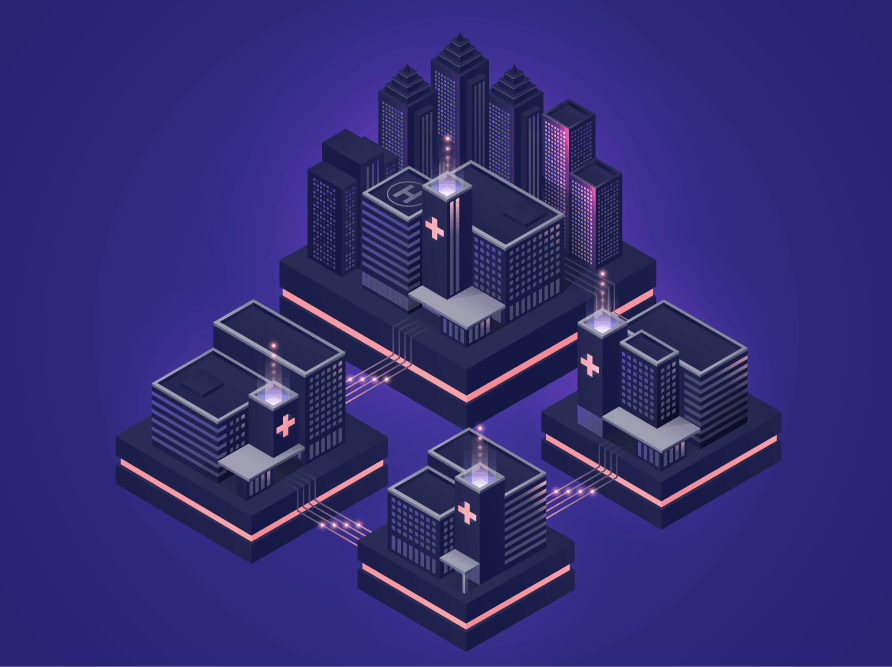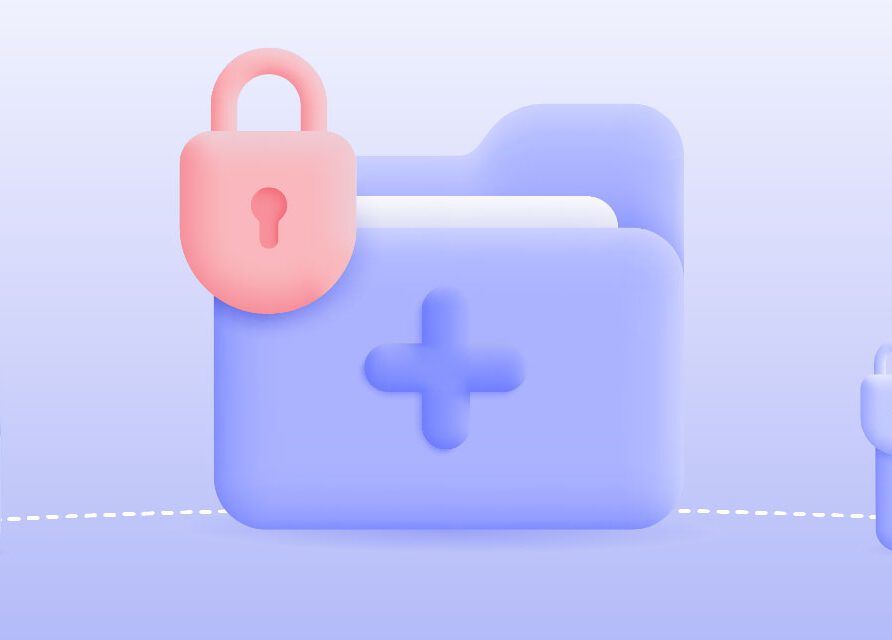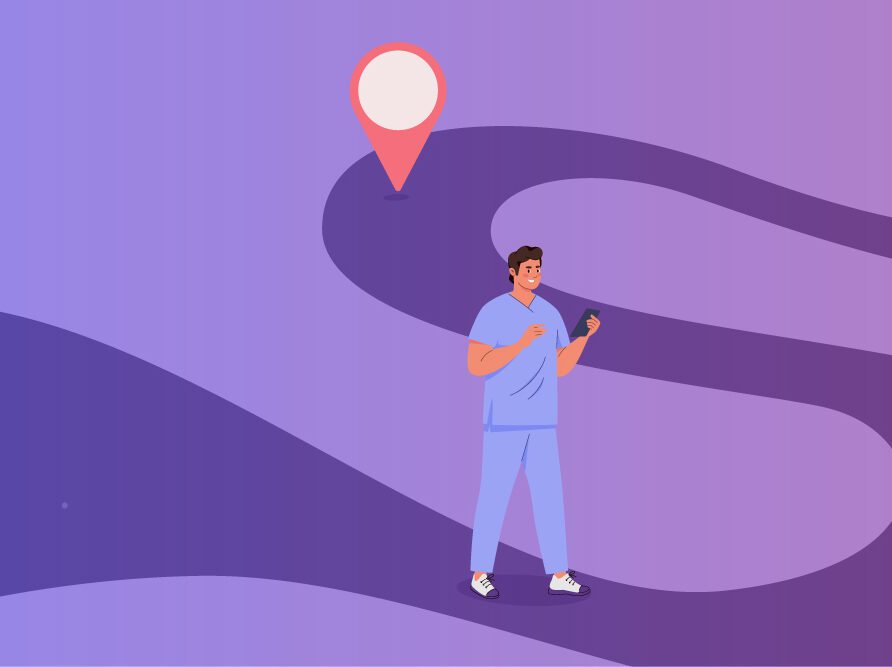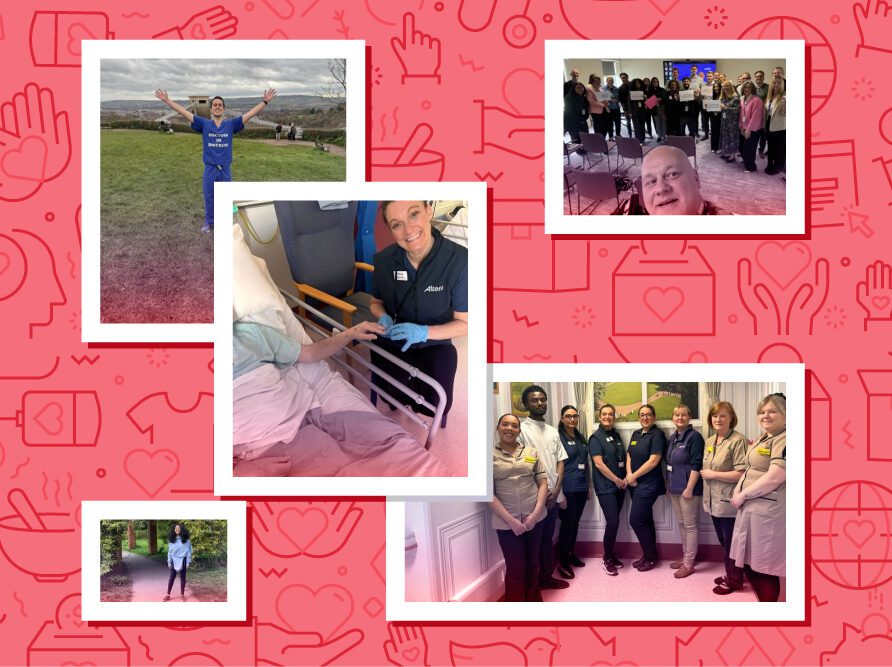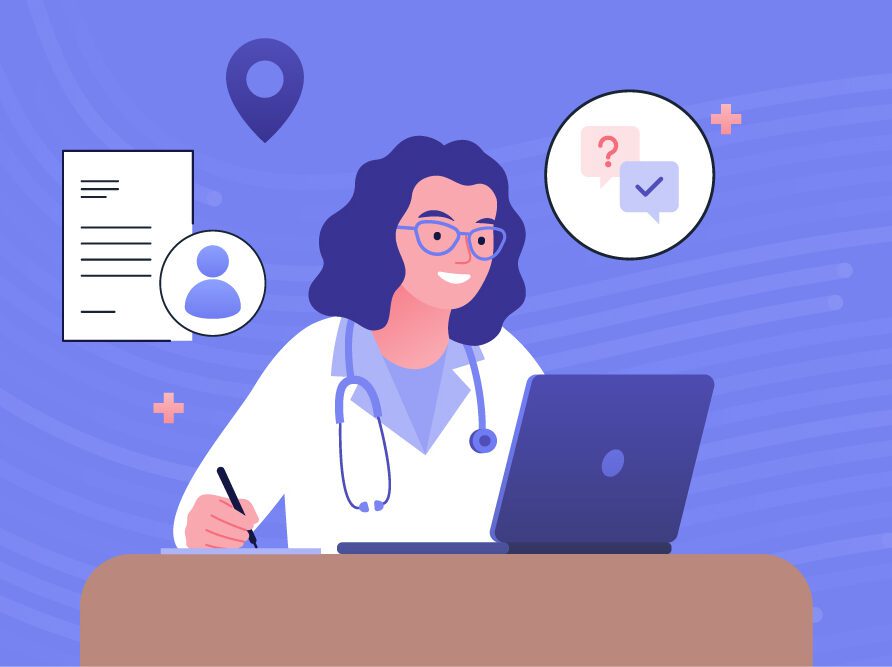Article
Physician to physician: A conversation with Dr. Faisal Keen
At Altera Digital Health, we believe that clinicians’ perspectives are key in creating positive experiences with healthcare technology. I recently sat down with Dr. Faisal Keen, a hospitalist at Sarasota Memorial Hospital, an Altera client, to discuss his experience with health IT and where the industry is headed. In 2021, Dr. Keen’s colleagues at Sarasota Memorial named him Physician of the Year for his contributions to the community throughout the pandemic, as well as his dedication to making meaningful improvements at the hospital leveraging health IT.
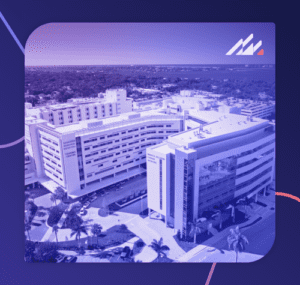 Dr. Salman Naqvi: Thank you for meeting with me and for having this conversation. I know you’ve been a driving force behind a lot of things happening in your organization so I’m excited to connect today.
Dr. Salman Naqvi: Thank you for meeting with me and for having this conversation. I know you’ve been a driving force behind a lot of things happening in your organization so I’m excited to connect today.
Dr. Faisal Keen: Thank you for having me, it’s a pleasure to be part of this discussion.
Dr. Naqvi: Let’s kick this off at a high level. Tell me a little bit about your personal philosophy on the role of technology in medicine, particularly in hospital settings.
Dr. Keen: Technology is highly integrated with the healthcare system, and hospitals especially are extremely dependent on technology.
The level of efficiency we have in hospitals now and the degree of disease severity we are able to treat would not be possible without technology. We have to understand that the amount of disease we can treat, the number of medications out there, the number of specialists we have and the procedures we’re able to perform, that is all possible because technology has been an integral aspect of healthcare.
I think there is still a lot of room for improvement and further integration. Technology has been mirroring the way hospitals worked in the past, before we had technological infrastructure. I think a lot of that, at some point, has to change.
Dr. Naqvi: You raise an interesting point about the way technology has mirrored the way hospitals used to function, and that certainly includes information technology. What are some processes you’ve introduced at Sarasota Memorial to bring the IT to the next level, to take it beyond some of the old ways hospitals have leveraged IT?
Dr. Keen: I am lucky enough to be part of the IT physician user group at Sarasota Memorial, and I have been chairing that group now for seven years. As a result, I got a unique perspective of the hospital and the healthcare system that other physicians might not have. We talk about everything from the EMR, order entry and physician notes to OR scheduling processes, patient registration and value-based purchasing. There’s always a challenge, always new things to figure out.
Here’s an example of one process I got involved with. When you are in the hospital, there are all these providers taking care of patients. For example, there might be an ER physician and then there are consulting physicians and admitting physicians. At the same time there are nutritionists and dietitians, case managers, respiratory therapists and physical therapists. They’re all doing documentation and it’s easy for a provider to put in a document. But at the same time, our eventual aim of all this documentation is that it should be easily usable and accessible, when it’s needed and to the level it’s needed. We decided that the documentation from all these ancillary departments was not being used efficiently. Some providers did not know where the PT notes were, for example.
So, we came up with what we call a “multidisciplinary summary.” We added a small section in each of the ancillary notes that would contain important information, and that would populate a multidisciplinary note with only pertinent information.
There are many other similar projects that I have been involved with and I think it just goes in saying that we have to have a good understanding of the clinical system, what the clinicians need and how workflows function at the same time. I think if you have that good marriage between IT and clinical sides, then you can really build lot of these processes and make things very efficient.
Dr. Naqvi: That’s a wonderful example of why physician input is essential to creating meaningful workflow efficiencies. On a similar note, can you think of a time when you really celebrated IT?
Dr. Keen: Absolutely. It’s an ongoing joy to work at a bigger system level and change the culture, change how patients get care. One of the things I got to oversee was during an extreme COVID-19 surge. We created a remote telehealth process using technological hardware and software, monitoring patients successfully at home without overwhelming the hospital capacity.
That was something that would not have been possible without the technological infrastructure. It’s amazing that sometimes you have to have a reason or a problem, and only then can you think about solutions and improvements. We also use Webex in the hospital system and Zoom for residents, and that teleconferencing has also been a global phenomenon. I think there have been a lot of things technology has offered during COVID-19.
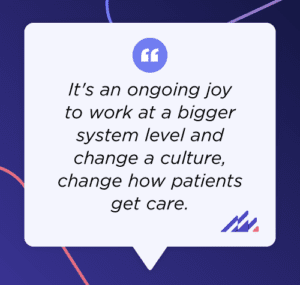 Dr. Naqvi: Absolutely. Now, as we look to the future, what kind of technologies do you think will come to fruition in the next 10 years? What do you think will start making an impact or become more commonplace in the next decade or so?
Dr. Naqvi: Absolutely. Now, as we look to the future, what kind of technologies do you think will come to fruition in the next 10 years? What do you think will start making an impact or become more commonplace in the next decade or so?
Dr. Keen: I think I’m going to get back to what I mentioned earlier, that the technology has mirrored how patient care happened in the past. I think that eventually, technology is going to lead and in a good manner. I think some people are scared of that, but I think if you look at technology, there are amazing things that can be done.
One thing I’m really hopeful about has to do with the extreme amount of healthcare information and knowledge out there. For example, 50 years ago, there were few drugs and drug classes. Now, it’s very difficult for a provider to keep tabs on all the classes, to really know and understand all the medications, side effects, doses and other things like that. There are clinical decision support systems out there, but I think that’s something that will advance even more with AI and machine learning.
There are all these tools and all this information that’s already out there that could eventually become part of patient care in a seamless manner. Instead of being in the background, it could be at the fingertips of the physicians and their patients. I’m hopeful that would be that next step. Machine learning and AI are key to these complex, multifaceted systems that are difficult for individual systems or humans to handle. And healthcare and U.S. hospitals are prime examples of complicated systems where machine learning can have an edge. Only time will tell how that goes. But that’s my take on the remote future and that next leg in technology in healthcare.
Think of some of the things we saw from Apple and Google during COVID-19. These companies used complicated processes to find out where a person has been, where patients who have self-reported positive cases have been and they use that to determine the chance you might have been exposed to COVID-19. That’s a very small example of what is possible. I think we need some good, brilliant people who are in IT as well as in medicine to kind of put it all together, and then only the sky can be the limit.
The Altera team is inspired by dedicated, innovative clinicians like Dr. Keen. With our Platform of Health technology, we are elevating healthcare experiences for clinicians—and their patients—around the world. Learn how Altera is driving next-level healthcare with the Platform of Health here.

